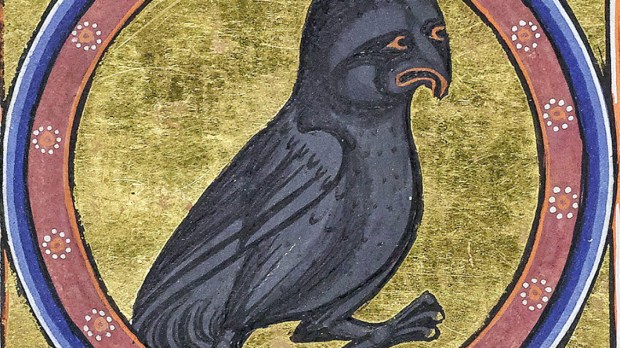Christian iconography is full of birds. Pelicans, doves, roosters, and even phoenixes are easily found as decorative and symbolic elements in catacombs, basilicas, cathedrals, and in almost any parish church. However, the owl is not a bird that can be easily spotted (no pun intended) in Christian art. But this doesn’t mean it doesn’t hold a place of its own in this diverse, often intricate iconographic tradition.
Because of its nocturnal habits, the owl has often come to symbolize Satan. George Ferguson’s Signs and Symbols in Christian art also explains that in ancient legends, just as Satan deceives humanity, “the owl is also said to trick other birds, casing them to fall into the snares set by hunters.” But, paradoxically, it has also been used as an attribute of Christ, and it often accompanies crucifixion scenes. Since the owl can see in the dark, it is associated with those who are redeemed by Christ, who died “to give light to them that sit in darkness,” (Cf. Luke 1:79).
Read more:
What Is that Pelican Doing in My Parish Church?
Owls are symbols of solitude too. In that sense, they came to embody the spirit of the hermit: always vigilant, in solitude, on their own. This is the reason owls often appear in scenes of hermits at prayer. Also, the owl has been associated, from ancient times, with wisdom (as it is the attribute of the Greek goddess of wisdom, Athena) and it is with this meaning that the owl, according to Ferguson, has sometimes been shown accompanying St. Jerome.

